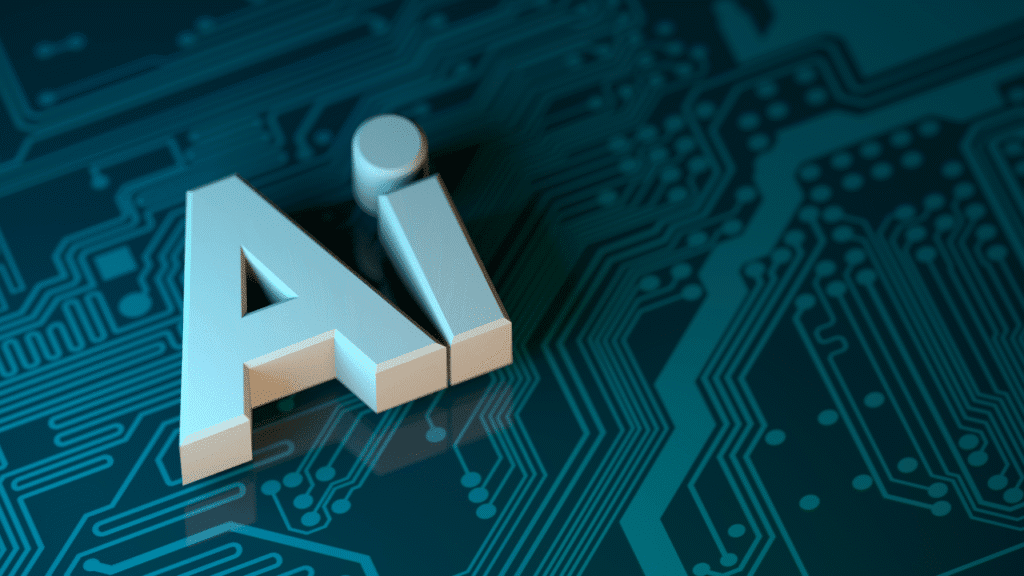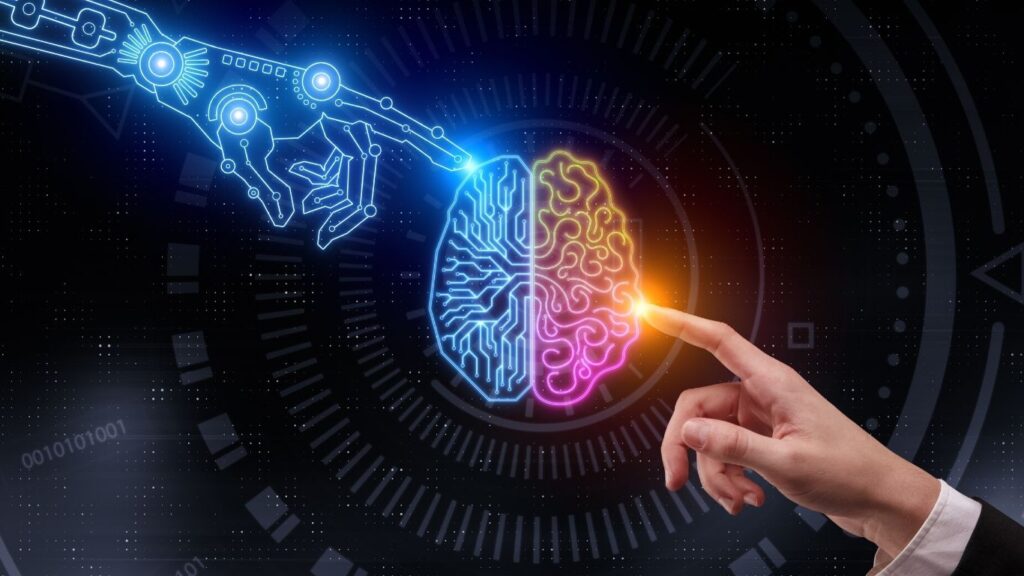Over the past couple of decades, artificial intelligence (AI) has become a technology that will dominate the future. It ranges from the most intimate personal assistants at home or on a mobile phone called Siri or Alexa, to the marvelous wonders of technology-with a self-driving car.
AI touches every dimension of our lives, and the kind of work we do, even the way we interact with technology. This is the deepest aspiration of this article: to be a well-rounded beginner’s guide to the most basic principles of artificial intelligence. It will educate on fundamental concepts, history, types, technologies, applications, as well as ethical considerations.
What is AI?
Artificial intelligence refers to all kinds of human intelligence being simulated in machines that have been programmed to think, reason, and learn. In fact, these systems are “intelligent” because they carry out things that ordinarily require human intervention by problem solving, decision making, language comprehension, and vision capabilities.
Main Goals of AI:
- Automate tedious work
- Augment humans
- Improve decision making
- Human-like interactive capability
- A Short Account of AI History
The ‘birth’ of AI was around the 1950s because of the valued work of Alan Turing who asked whether machines can think. Then, the Turing Test was created to ascertain whether they could indeed do so.
Important Milestones in History of AI:
1956: Artificial Intelligence was first used in the Dartmouth Conference.
1960s-70s: Development of early AI programs, such as ELIZA, and SHRDLU.
1980s: Entry of expert systems into business applications.
1997: Defeated world chess champion Garry Kasparov with IBM’s Deep Blue.
2011: IBM Watson wins Jeopardy!
2016: DeepMind’s AlphaGo beats Go champion Lee Sedol.
Important Fundamentals of Artificial Intelligence
It typically suffices for the fundamental understanding of AI to have a basic acquaintance with its core elements:
1. Machine Learning
- ML makes a machine learn from the data accumulated rather than defining clear programming for it to do a specific task.
- Supervised Learning: Learning from labeled data
- Unsupervised Learning: Discovering patterns in unlabeled data
- Reinforcement Learning: Learning by trial mistakes
2. Neural Networks
Just like how a human brain is connected, it has been structured by layers of interconnections of nodes (neurons) which process data and learn patterns.
3. Natural Language Processing (NLP)
Processing and understanding human languages.
4. Computer Vision
To give a broad picture of machines in action, it enables machines to analyze and understand further information from visual context.
5. Robotics
It combines AI with mechanical to produce machines able to do human-like physical tasks by themselves.
Types of Artificial Intelligence
Artificial intelligence is categorized into three major types about capabilities:
1. Narrow AI (Weak AI)
It focuses on a single task most of the time.
Examples: voice assistants or recommendation engines.
2. General AI (Strong AI)
Having the same cognitive capacity as humans, theoretically.
3. Super Intelligent AI
Has surpassed that of humans: Current study and ethics.
How AI Works
Thus, the data, patterns and predictions will then enable the AI to make logical decisions.
Steps Involved:
- Gathering Relevant Data
- Processing Data
- Model Training
- Model Evaluation
- Deployment and Monitoring
AI application in almost all sectors is enhancing efficiency, economy, and innovation.
Health
- Diagnosis of diseases.
- Drug discovery.
- Personalizing treatment plans.
Finance
- Fraud detection.
- Algorithmic trading.
- Credit-score servicing.
Retail
- Offering customer recommendations.
- Inventory management.
- Automated customer service chatbots.
Transportation
- Autonomous driving systems.
- Control traffic systems.
Education
- Personalized learning systems.
- Automatic grading.
Tools and Programming Languages
Some tools and languages which are generally adopted for AI system development:
Popular Language:
- Python (mostly used)
- R
- Java
- C++
Popular Tools & Libraries:
- TensorFlow
- PyTorch
- Scikit-learn
- Keras
- OpenCV (for computer vision)
Challenges and Limitations
Still, this enormous potential of AI has its own challenges:
- Data Quality: AI systems are as good as the data they are trained on. Inaccurate outcomes will arise from training them on low-quality or biased data.
- Explain ability: Nevertheless, there is the issue of whether anyone understands why AI makes a decision, especially when looking at the structure of such complex systems as Deep Learning.
- Ethics: Such issues will demand a careful examination relating to job displacement, invasion of privacy, or the potential for autonomous weapons.
- AI Ethical Issues: Heightening importance of ethical concerns as AI permeates various aspects of our lives include:
- Bias and Fairness: Removing discrimination within AI decisions.
- Transparency: AI systems should be understandable.
- Accountability: Respondents should be responsible for actions taken by AI systems.
- Privacy: Protection of user data.
- Security: Preventing misuse of AI for ill intent.
- Groups like IEEE and the EU have promulgated guidelines to enable the ethical design of AI.
The AI Road Ahead
The future of AI is full of promise:
- Human-AI Collaboration: Assistance in human decision-making.
- Systems Without Human Intervention: Advanced robotics and self-driving technology.
- AI in Creativity: Music, Art, and Literature Generation.
- AI Governance: Policies to regulate AI impact.
If research persists, AI may possibly change the world-from industries-to economies-to our very definition of intelligence.
An Overview of Artificial Intelligence
Machine Learning classifies algorithms learned from data to make data-driven predictions. AI emphasizes reasoning, planning, and acting. Therefore, Machine Learning is a subtopic of AI. One of the main goals of AI scientists is to construct machines capable of intelligent behavior.
Overviews of the programs, courses, etc. by Coursera, EdX, and Udacity.
Conclusion
AI is more than a passing phase; this rapidly evolving field has the potential to change nearly every aspect of human existence. A decent knowledge of its fundamentals constitutes the beginning of harnessing this exciting milieu. While exploring AI, just consider the opportunities and the responsibilities accompanying it. If well-managed, AI would provide growth and be good to society like never before.
FAQ
Q1: Is AI the same as Machine Learning?
Not the same! Machine Learning is a subset of AI where we make the machines learn from data.
Q2: Can I learn AI without a programming background?
Yes, but programming knowledge is a plus. There are visual tools available as well as some beginner courses.
Q3: Is AI Dangerous?
Like any powerful technology, AI could be misused. To ensure its safe deployment, ethical frameworks and regulations are crucial.
Q4: What is the best language for AI?
Due to its easy syntax and enormous support in libraries, Python is the most widely accepted language for AI.
Q5: Will AI replace human jobs?
AI will replace some jobs, but it will also create others with new industries, especially in the developing, supervising, and maintaining of AI.



